SLF Primary and Secondary School
HIBINOSEKKEI + Youji no Shiro worked to bring SLF Primary and Secondary School a sustainable design for education in Shenzhen, China.
This is a project to build a new public primary and secondary school for children aged 7 to 15 in Luohu District, Shenzhen, China.
The themes of the new schools were what the ‘future’ should look like for children and how they should learn for the ‘future’. In order to achieve a sustainable society, education for sustainable development (ESD) has been a focus in education in recent years. ESD requires learning that encourages deep learning in a proactive and interactive way about contemporary society and one’s own problems, and the use of high-tech is not the only ‘future’, but awareness of low-tech and environmental issues can lead to a sustainable society. In this project, the place to learn about this is considered to be the ‘School of the Future’, and based on the design concept of a ‘diverse learning place with nature and communication at its core’, the following methods were used to achieve a school that encourages independent thinking and learning among the students.
Natural terraces that make the most of the site’s features
Due to site constraints, it was decided to construct the building by cutting away part of the original mountain, but in order to restore as much as possible the trees lost during the cutting, a planting strip including medium and tall trees was planted in the school building, creating a new slope that is integrated with the existing mountain forest. The school building has a stepped cross-sectional configuration along the existing slope, and each classroom has a terrace that receives plenty of sunlight, creating a pleasant space where the sun shines through the trees. A small waterfall, which takes advantage of the difference in elevation, provides a place of relaxation where students can cool off while listening to the sound of the water. These natural terraces, which make the most of the site’s features, allows children to communicate beyond the confines of their class and grade level.Underground terrace where children can touch real rock surfaces
The terrace at the bottom of the basement is designed to display rocks left behind in the process of carving the mountain, showing the real rock surfaces, which will lead to geological studies and allow children to get in touch with the original appearance of the land. Dry areas and atriums have been built to ensure that even the basement floors are well lighted with the use of natural energy.Flexible spaces that do not restrict the form of learning
Unlike conventional corridors, the corridors are wide and open, as they are seen as one of the new learning spaces that are integrated with the classrooms. The arrangement of freely combinable furniture and bookshelves there encourages diverse learning and activities across the class. Also, taking into account the rainy nature of the area and the strong summer sun, the ground was designed so that, unlike conventional outdoor grounds, part of the ground is inside the school building. By this way, a semi-outdoor space is created in a part of the ground, allowing people to exercise even when it rains or when the sun is strong.This flexible space does not limit the form of learning, and natural elements such as light, wind, water, stones and plants are scattered throughout the school building to create a ‘new learning place’ where learning can exist wherever children are. By developing the ability to go beyond knowledge and put it into practice through exploratory learning, Education for Sustainable Development (ESD) is achieved, and the school is a ‘school of the future’ where children are encouraged to think independently about their own and society’s problems and learn to take action.
Design: HIBINOSEKKEI + Youji no Shiro
Photography: Ivan Cho

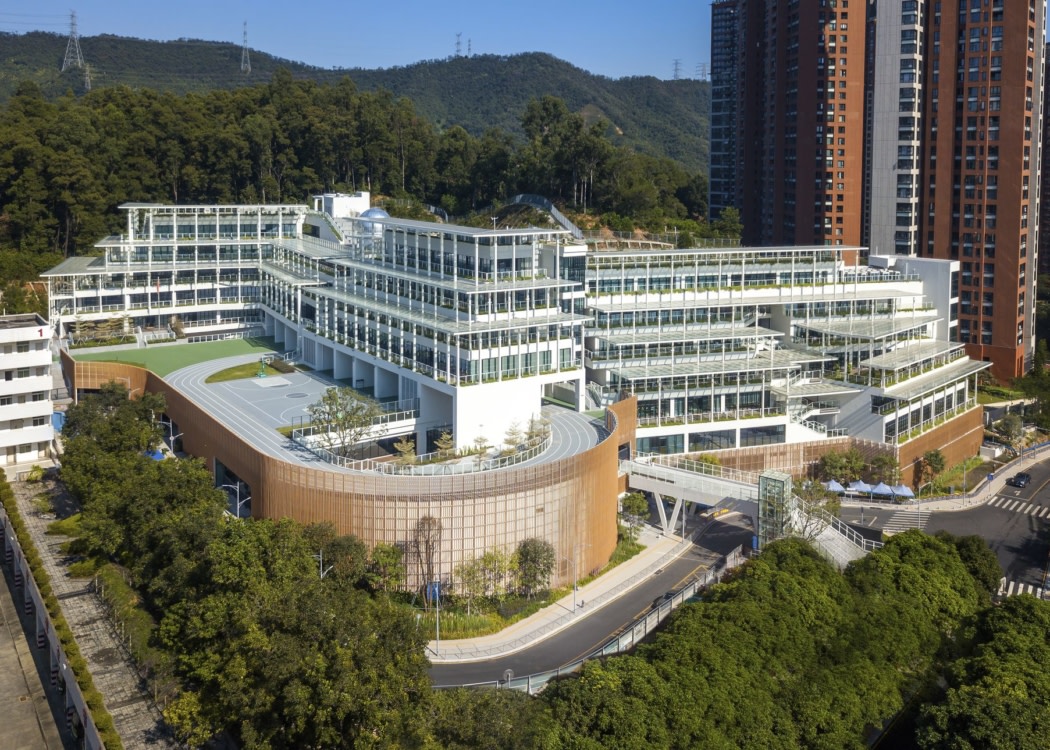
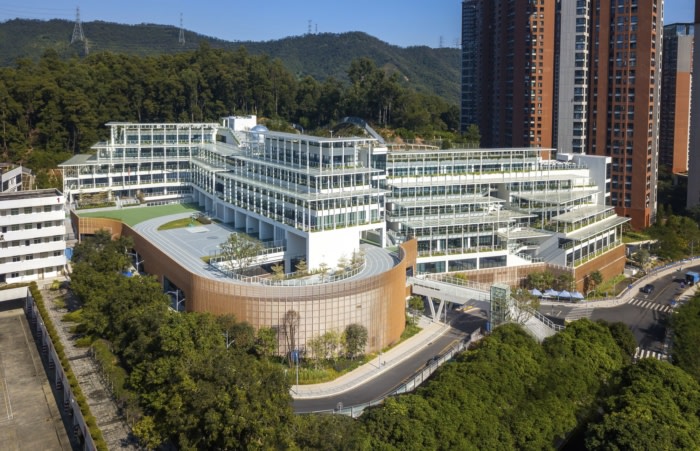
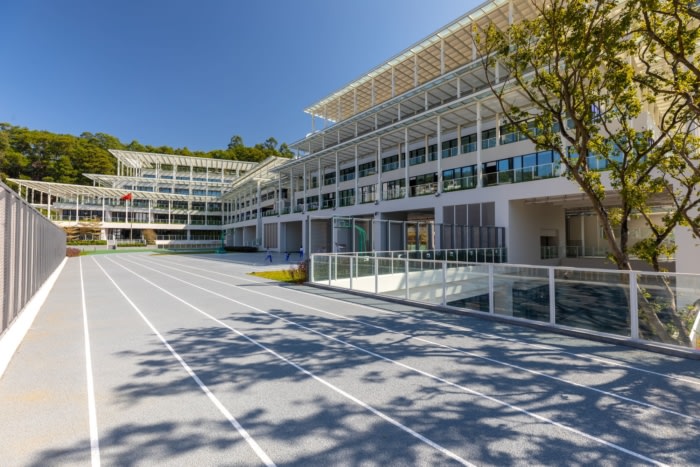
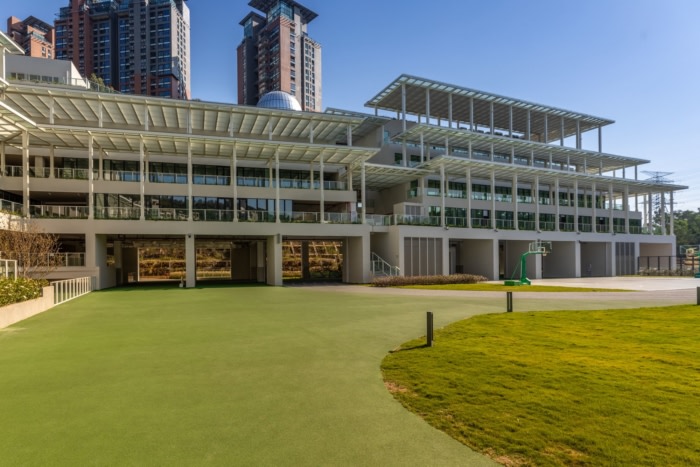

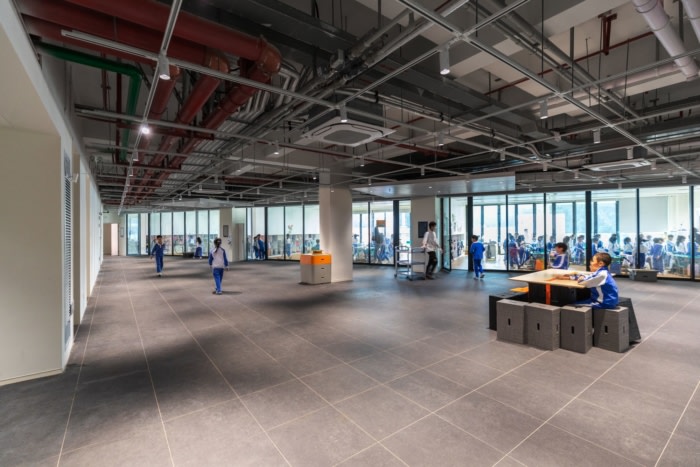
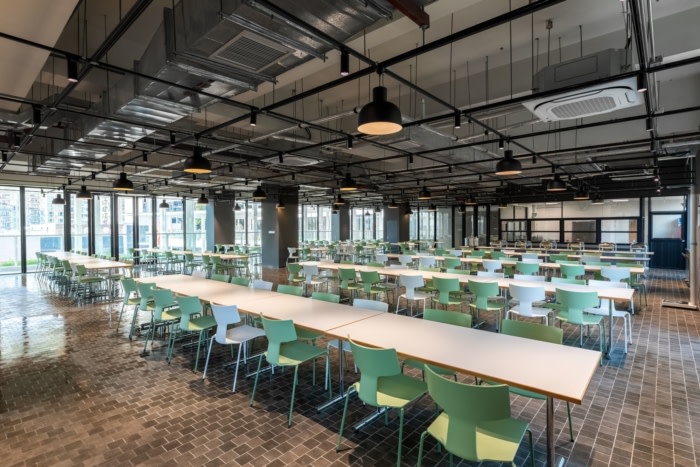
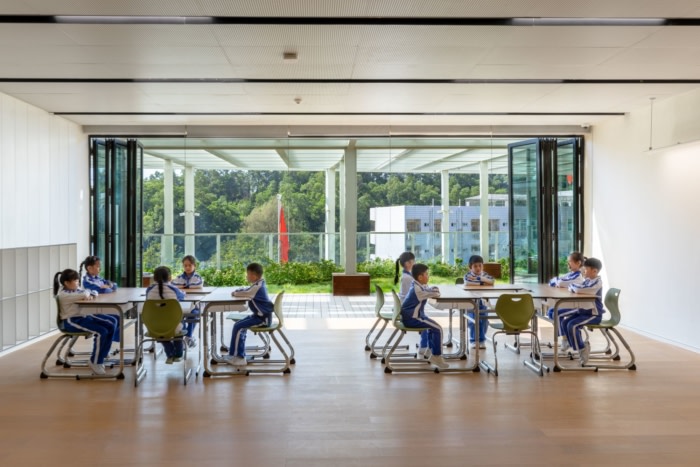





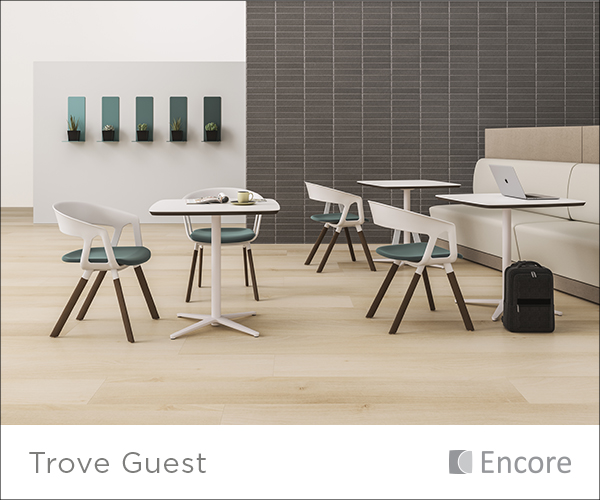






Now editing content for LinkedIn.